Tavares Targets North American Turnaround for Stellantis
CEO To Address Profit Slump and EV Pushback In Urgent Strategy Shift...
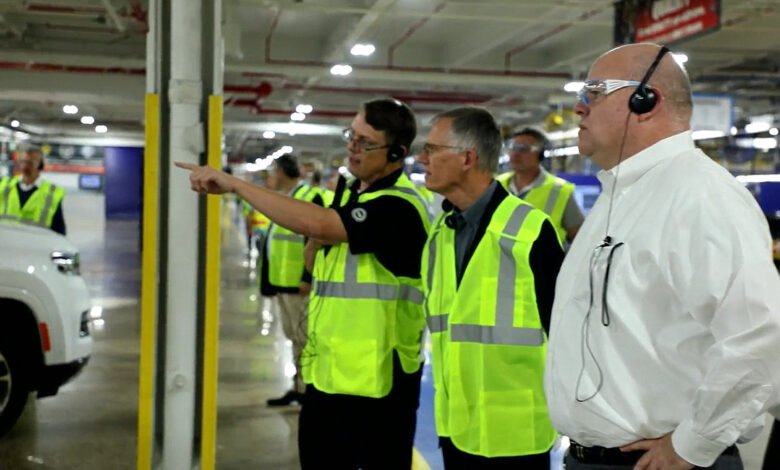
Stellantis CEO Carlos Tavares is visiting the United States this week to develop a strategy to revitalize the company’s struggling North American operations. According to a source familiar with the plans, Tavares aims to have a plan in place by the end of the week, to reassure both employees and investors about the company’s future.
Tavares’ visit to Detroit, though not unusual—he typically checks in on North American operations every four to six weeks—is particularly significant this time, as it comes during his summer break. This move highlights the situation’s urgency, with the CEO sending a clear message about the importance of the North American market to Stellantis.
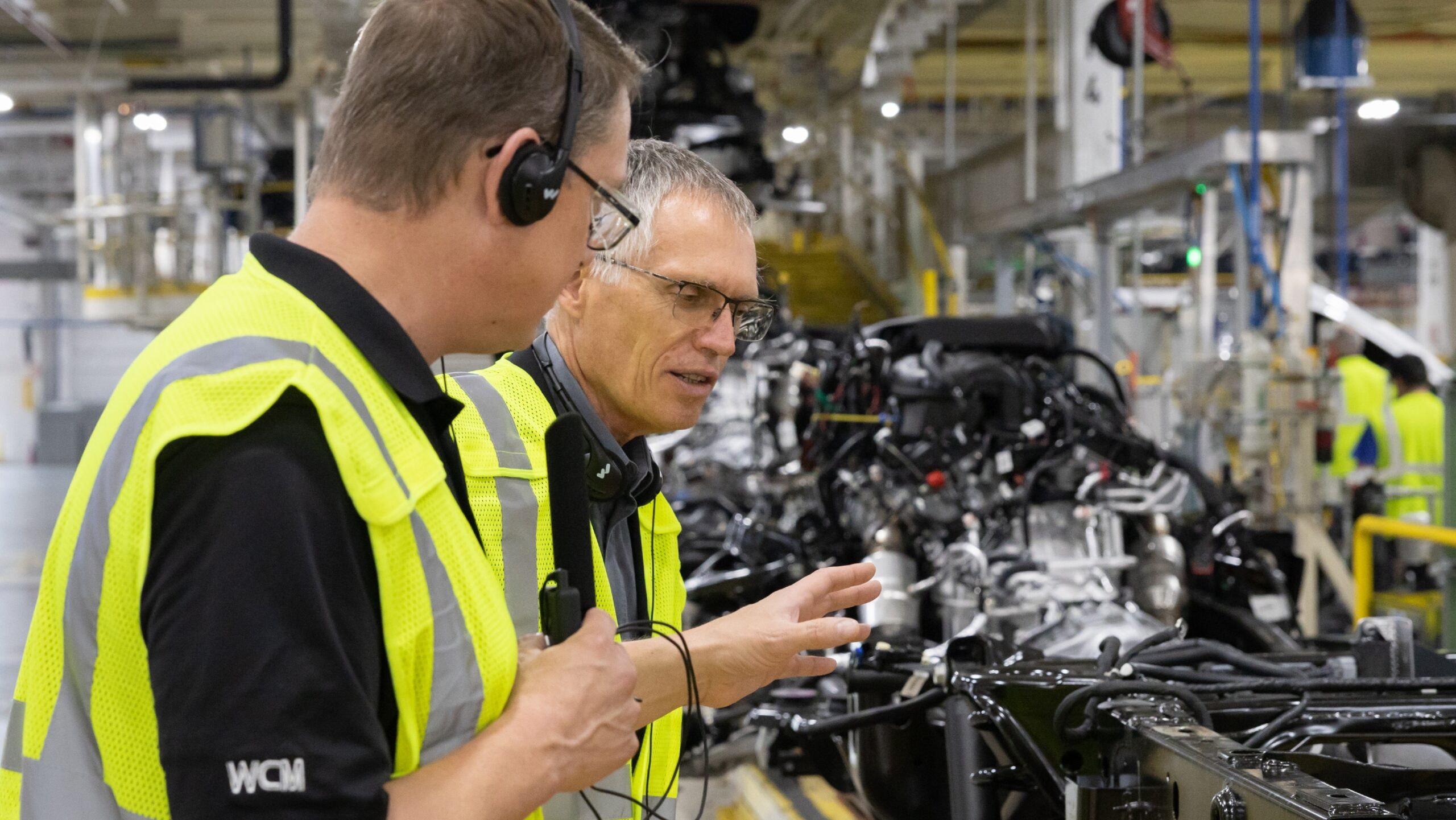
“He wanted to make clear he was handling it personally,” the source noted. “North American operations are basically funding the rest of the group.”
Stellantis has faced significant challenges in North America, with first-half operating income dropping by 40%, largely due to underperformance in the region. According to Cox Automotive, sales for key brands, such as Ram and Jeep®, have declined by over 33% from the first half of 2019 to the same period in 2024.
“We were arrogant,” Tavares admitted earlier this year during Stellantis’ investor day in Michigan. “I’m talking about myself, nobody else.”
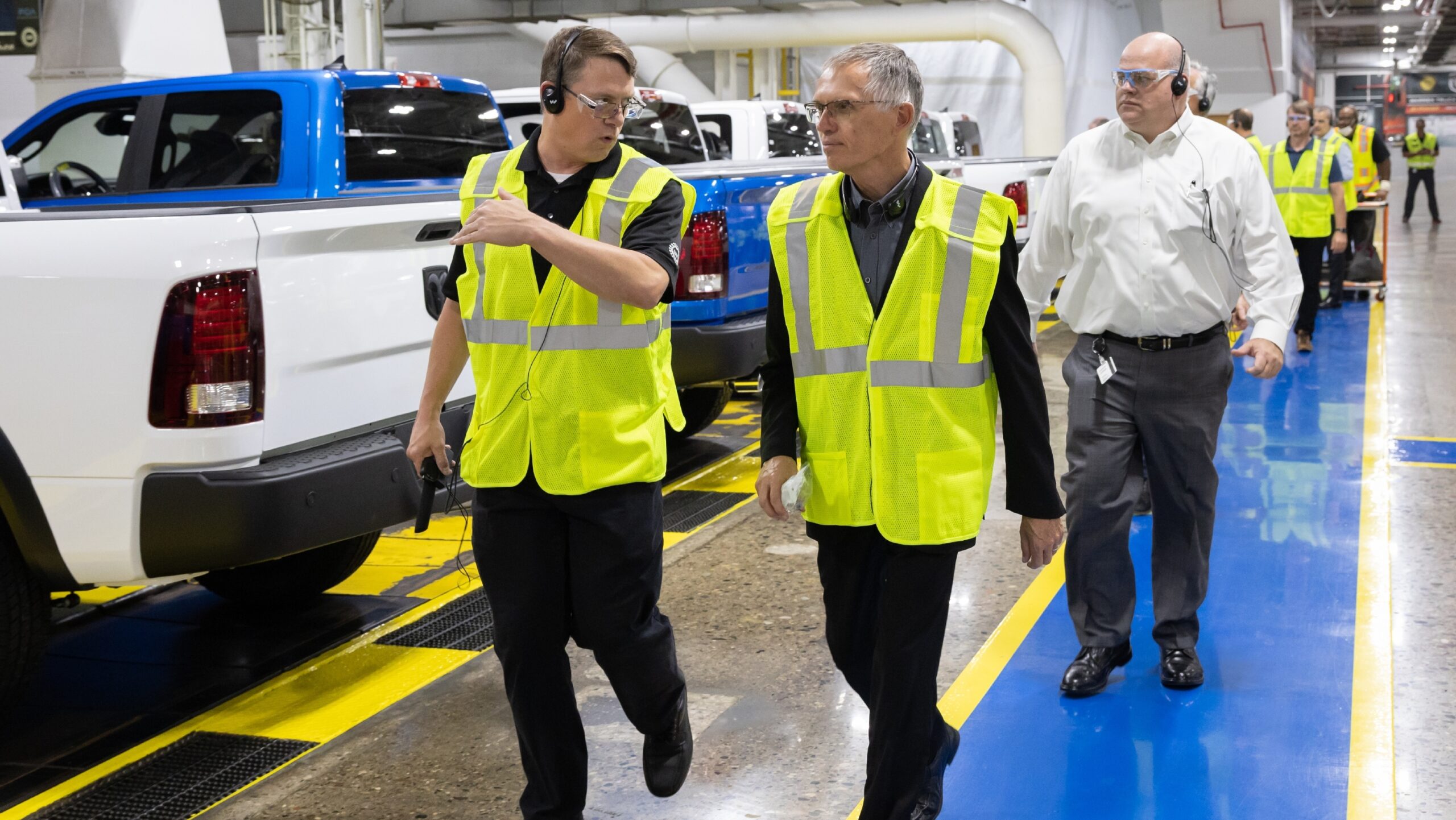
The CEO attributed the North American struggles to several factors, including high vehicle inventories, manufacturing issues, and a lack of “sophistication” in addressing the local market. As a result, the company’s stock price has plummeted nearly 50% from its March highs.
While Tavares works on a turnaround plan, Stellantis faces growing resistance from fans of its Chrysler, Dodge, Jeep®, and Ram brands. Many customers are pushing back against the company’s shift towards electric vehicles (EVs). This resistance comes as Stellantis prepares to launch several all-new, all-electric models before the end of the year, including the Jeep® Wagoneer S, Dodge Charger Daytona, Jeep Recon, and Ram 1500 REV.
Despite the push towards EVs, Stellantis customers have shown a strong preference for the company’s plug-in hybrid vehicle (PHEV) options, such as the Jeep Wrangler Unlimited 4xe, Jeep Grand Cherokee 4xe, and Chrysler Pacifica Hybrid. These customers are increasingly seeking more affordable and alternative options than full EVs, especially in the current economic climate.
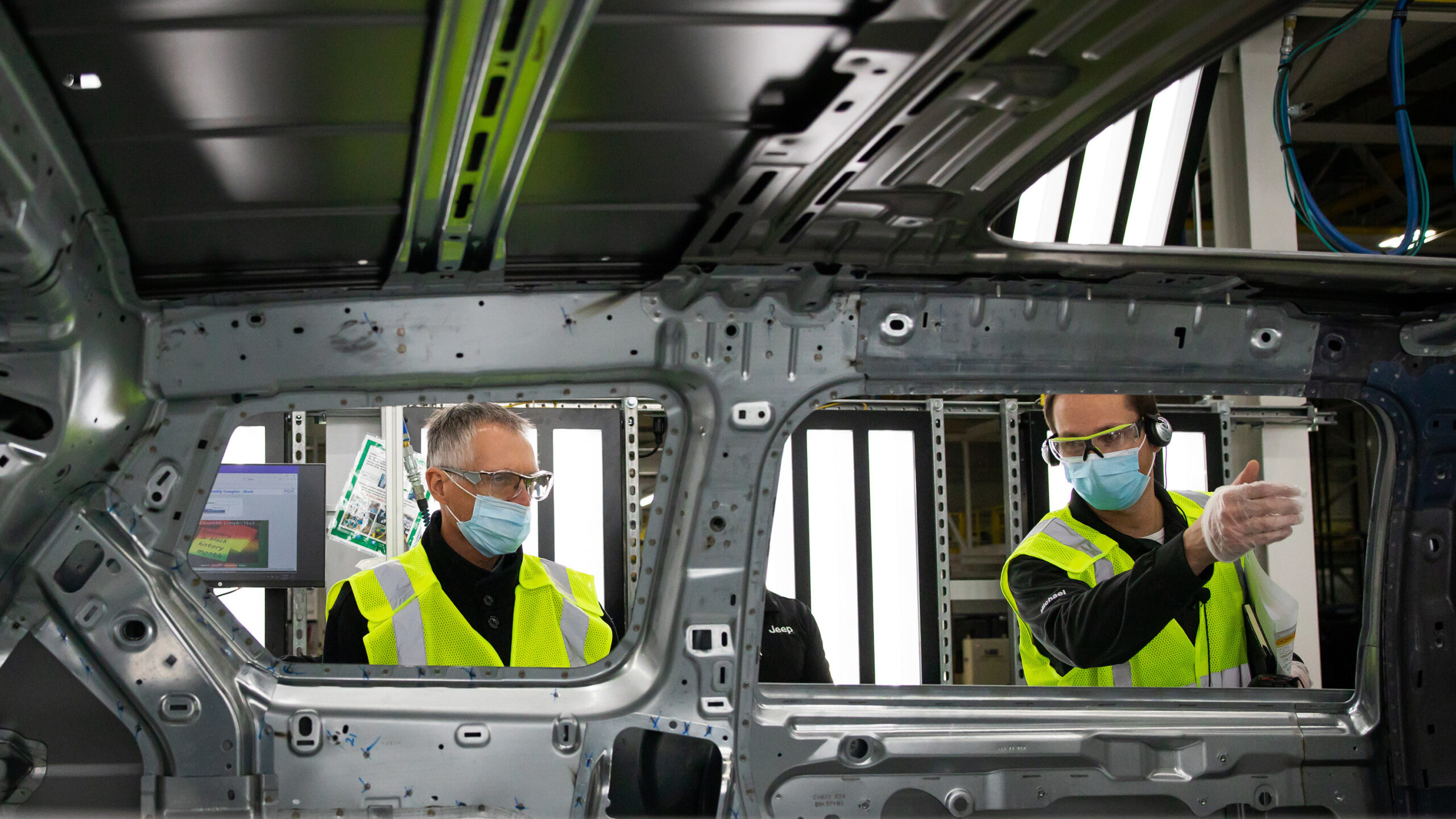
Stellantis’ pricing strategy is a major concern, as many Americans and Canadians find the company’s vehicles increasingly unaffordable. Stellantis offers only one vehicle under $30,000—the 2024 Jeep Compass Sport 4×4. With high interest rates and climbing vehicle prices, Stellantis’ decision to continue raising prices has made it difficult for many potential buyers to afford their vehicles.
In response to these challenges, Stellantis has begun implementing cost-cutting measures, including layoffs. The company recently announced it would lay off up to 2,450 factory workers at its Warren Truck Assembly Plant outside Detroit as it ends production of the Ram 1500 Classic. Additionally, Stellantis has offered voluntary buyouts to U.S. salaried employees to further reduce expenses.
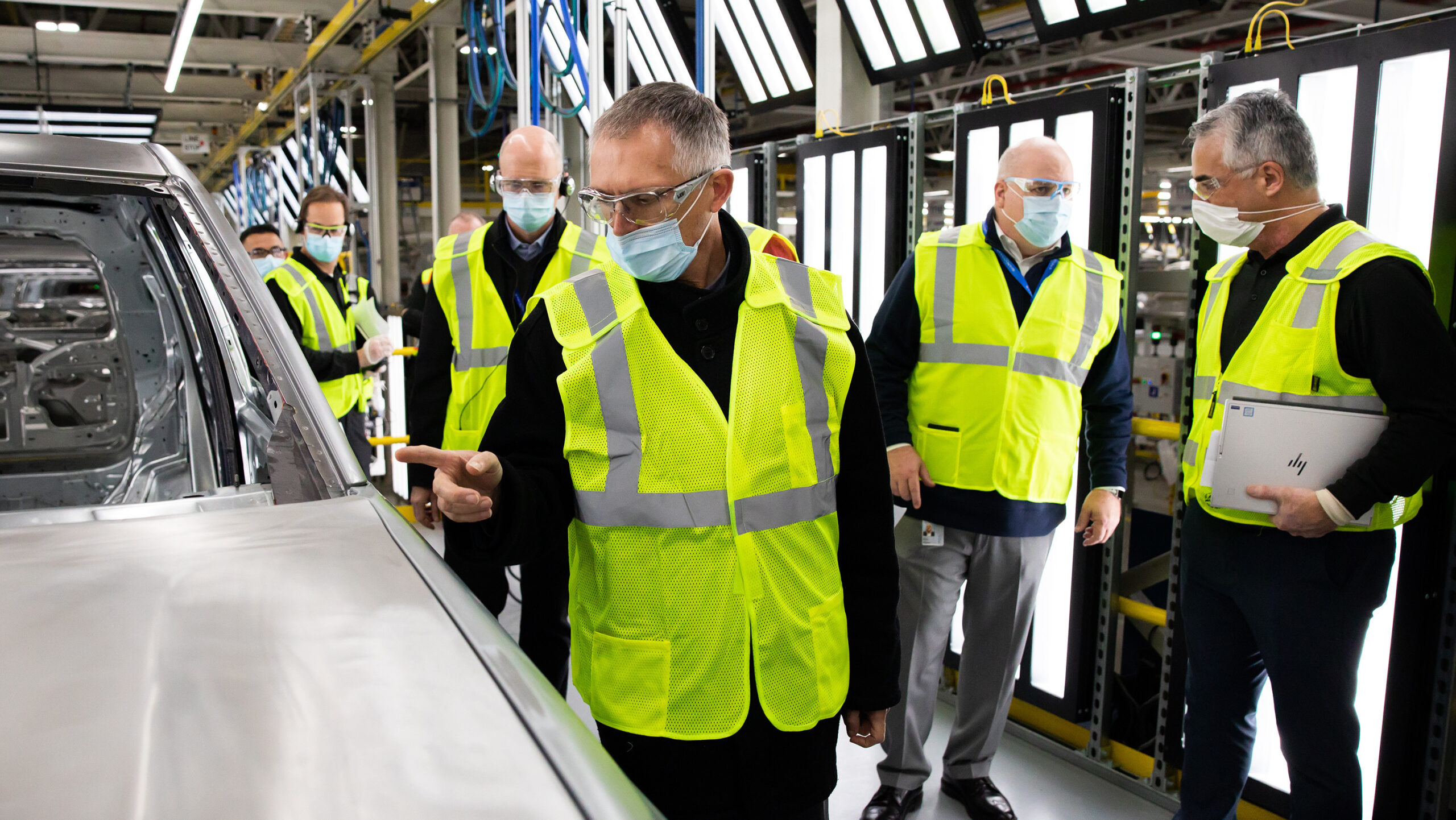
Tavares has also identified inefficiencies at two U.S. plants but has yet to specify which ones. In July, he mentioned that the run rate at the Sterling Heights Assembly Plant in Michigan was particularly poor.
The visit comes at a time of growing concern among investors and union workers. United Auto Workers (UAW) President Shawn Fain has threatened that the U.S. union representing plant workers may strike if Stellantis fails to honor investment commitments outlined in last year’s labor agreement. Relations between the UAW and Stellantis have been tense, exacerbated by layoffs at various plants this year.
Amid these challenges, Ford Motor Company has announced a new strategy, shifting focus from EV to hybrid SUVs. Ford will no longer produce all-electric three-row SUVs, opting instead to prioritize the development of hybrid models. The company will also introduce a new all-electric commercial van in 2026, followed by two EV pickup trucks in 2027. This move is part of Ford’s broader strategy to balance profitability with consumer demand for a wider range of electrification options.
Source: Reuters



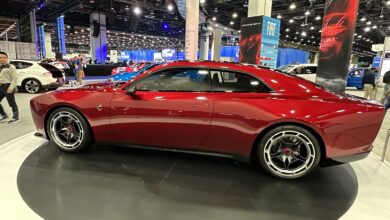


4 replies
Loading new replies...
Join the full discussion at the Mopar Insiders Forum →